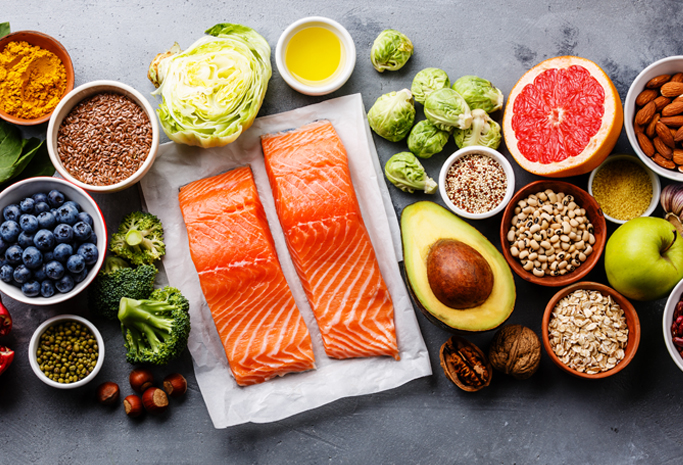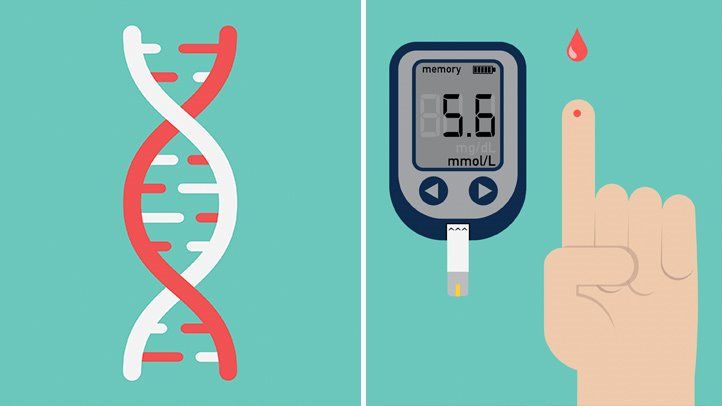One of the most important things you can do for better nutrition and successful diet is to drink enough water. Learn about water’s vital role in your diet and in helping you lose weight.
Want a great diet tip? Drink more water.
Drinking plenty of cold, clear water is essential for your health and, in fact, for your very survival. You can live much longer without food than you can without water. Water is an important part of all body functions and processes, including digestion and elimination. When you’re on a diet, water also acts as a weight-loss aid because it can help you eat less.
“Drinking water is important during weight loss because it provides hydration without unwanted calories. Drinking non-caloric fluids like water before or with a meal can help a dieter feel full sooner,” explains Donna Logan, RD, a registered dietitian at the University of Texas Medical School in Houston. “So in addition to not adding calories, drinking water may help replace or avoid unnecessary food calories found in snacks or extra servings at mealtime. Drinking water also helps flush wastes from the body, which is especially important during times of fat metabolism and weight loss.”
Water: Drinking Enough to Boost Your Diet
Recommendations from the Food and Nutrition Board are for women to get 91 ounces per day and men 125 ounces from all sources — water, other beverages, and foods with a high water content.
When it comes to water alone, explains Logan, “A general recommendation is to drink eight 8-ounce cups of water per day, for a total of 64 ounces. This is a generalization only, and actual fluid needs are affected by diet, physical activity, body composition, and climate.”
For instance, this number goes up if you exercise — a key to successful weight loss — and even more so in hot weather when it’s possible to lose about the equivalent of a quart of water in an hour, according to the American Council on Exercise. You’ll want to drink water before, during, and after every workout.
Don’t wait to feel thirsty to start sipping — that’s a sign that dehydration has already started to occur. You want to drink water throughout the day, on a regular basis.
Water: Four Tips for Getting Your Fill
Here are some easy tricks for getting enough water while dieting:
Use a water tracker. “A water tracker is merely a device which helps you keep track of how much water you drink. A water tracker can provide a graphic record of eight glasses of water which are checked off as they are consumed. For example, drinking a 20-ounce bottle of water would translate into two and a half cups on the tracker. Such trackers are available online or can be easily replicated,” explains Logan.
Add water throughout your day. “People can use a variety of methods to help ensure they get enough water. Some carry a 64-ounce container of water and drink throughout the day, with the goal of drinking all the water before they go to bed. Those who spend time away from home may take a portable 16-ounce container, knowing that they need to fill and drink it four times throughout the day. Others associate drinking with routine activities throughout the day, such as drinking fluid at meals, before brushing their teeth, or after feeding the dogs,” says Logan.
Get water through food. “Fruits and vegetables, especially those that are fresh and juicy, provide fluid to the diet. Like water, clear soups and broths help dieters feel full for very few calories, contributing to weight loss. However, beware of creamy soups that, while adding fluids, contain many calories. Skim milk, and low-fat and no-added sugar yogurts and puddings also help hydration and nutrition without excessive calories,” recommends Logan. Melons and citrus fruits also have a very high water content.
Jazz up your water glass. “Many people find that adding low- or non-caloric flavorings to water, such as a wedge of fruit, helps satisfy their appetite cravings,” adds Logan. This is also a very inexpensive way to make your own flavored water.
If you want your diet to work, you need to drink plenty of water. Water can fill you up, decrease your appetite, and help your body get rid of waste from that fat you’re burning. So what are you waiting for? Water is available right now from your tap, and it’s free.












